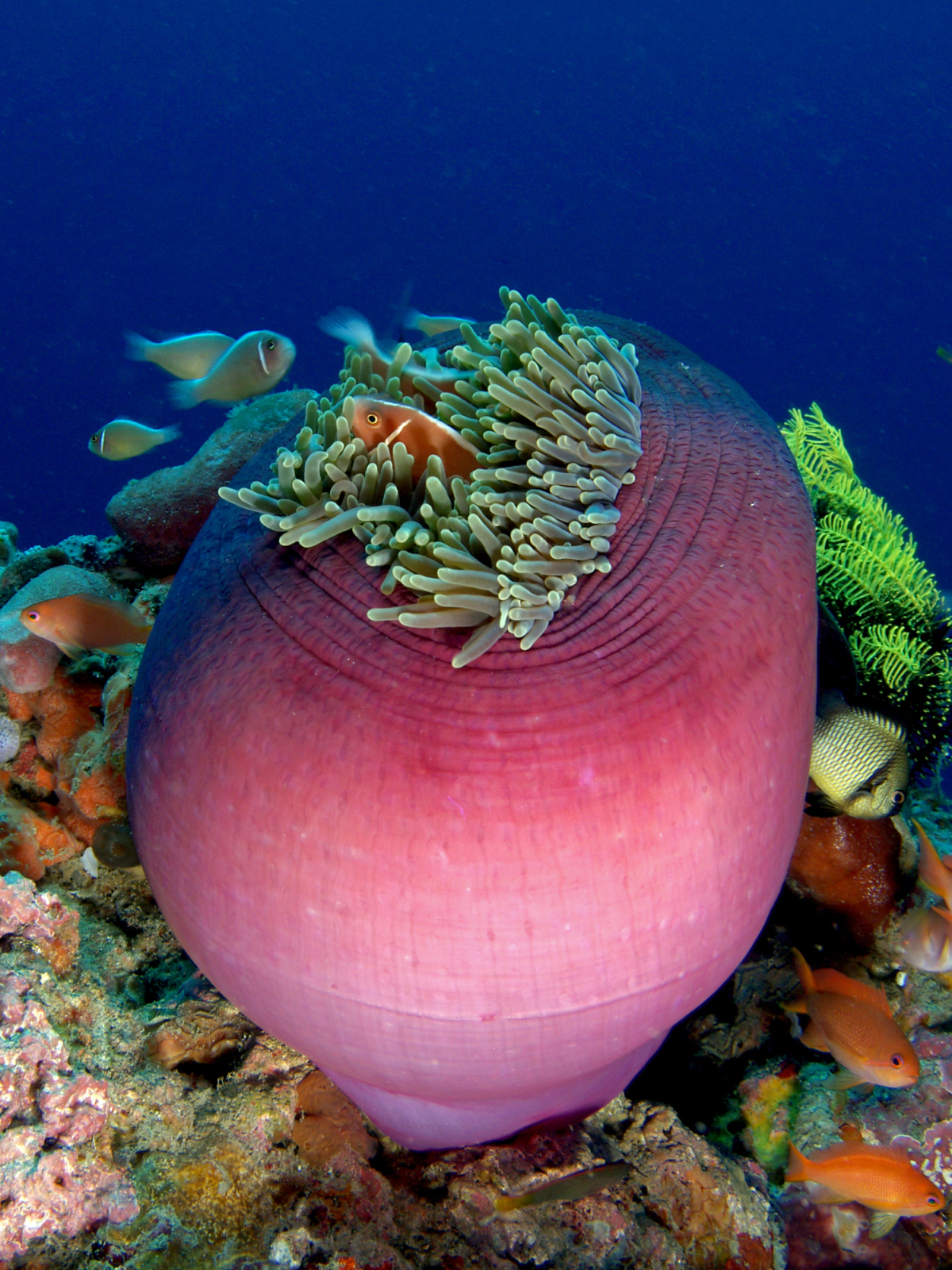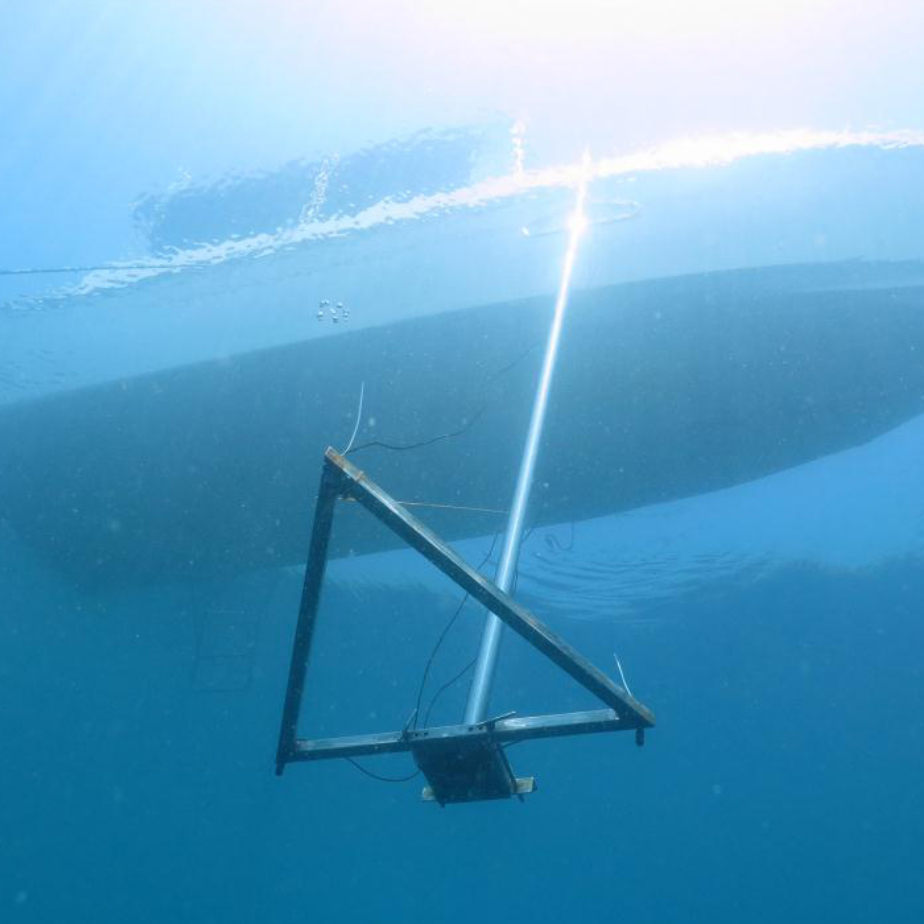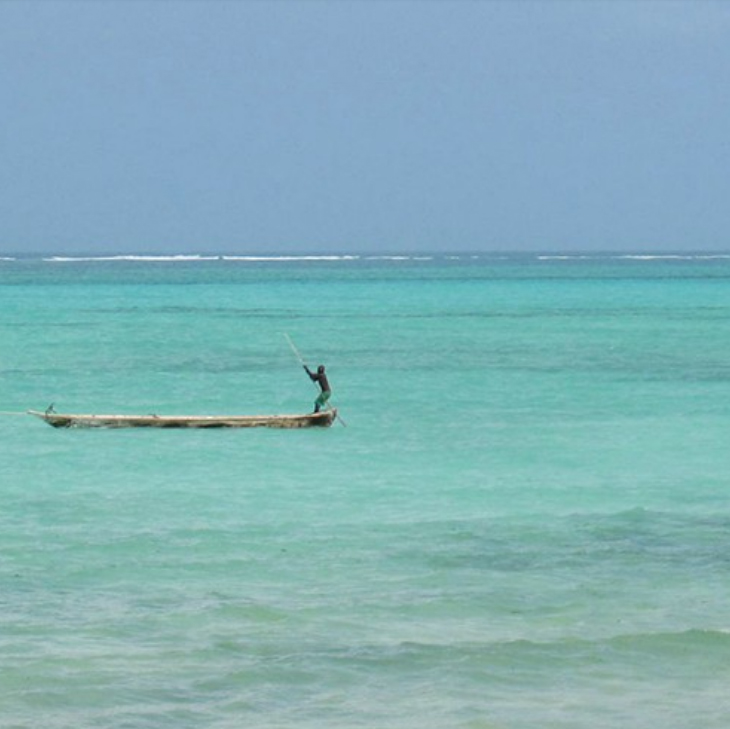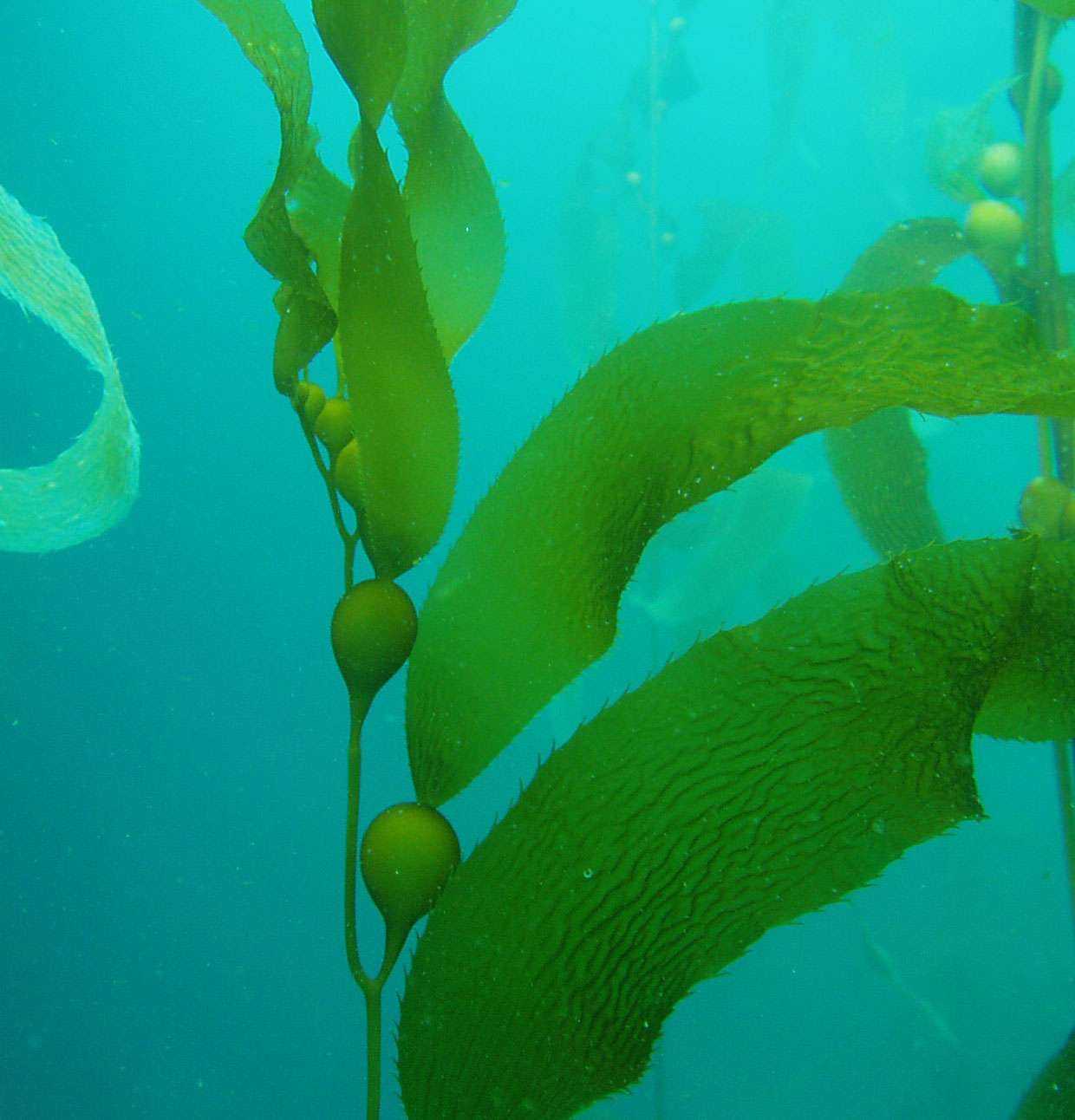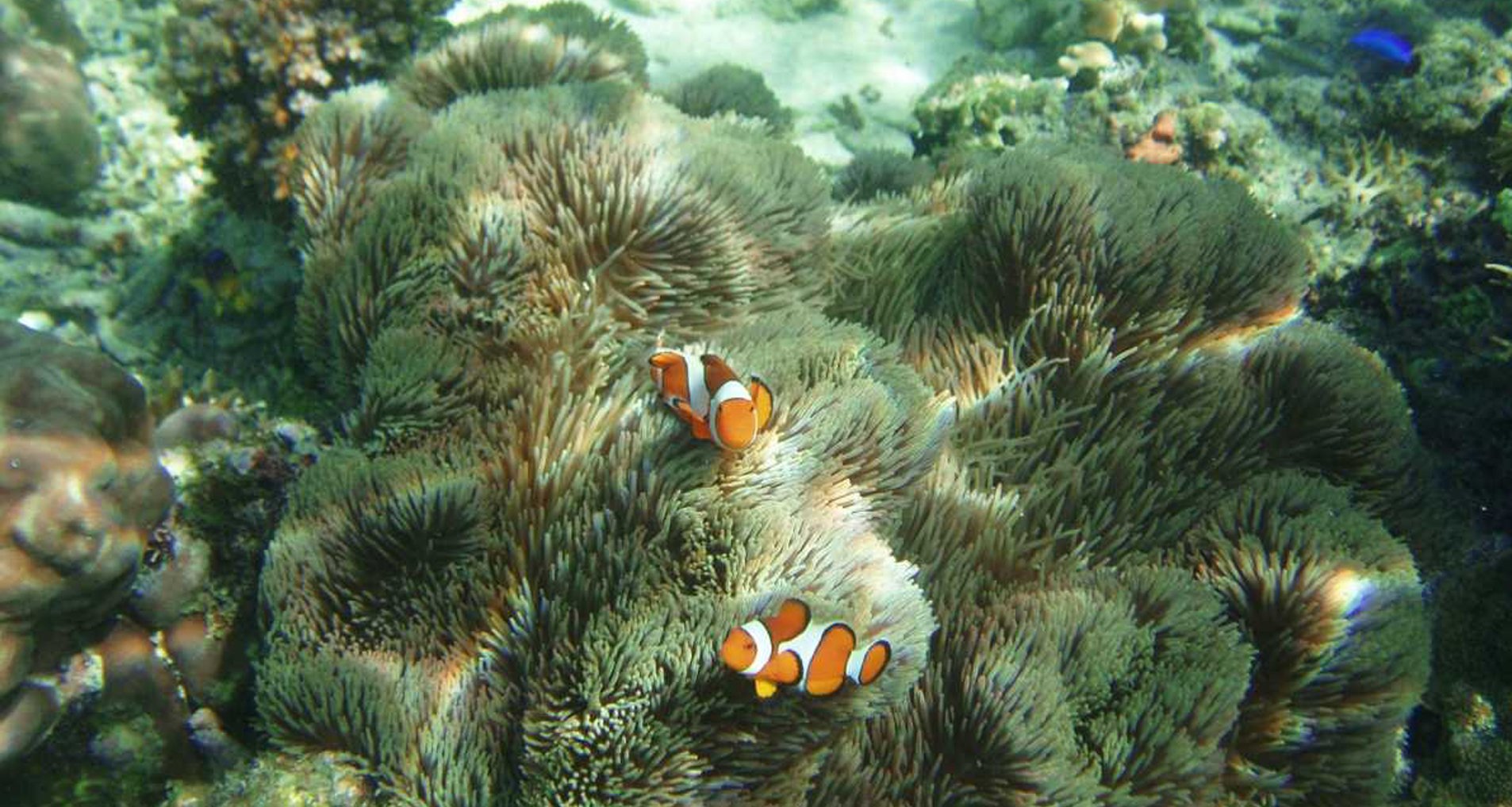
Coral reefs are among the most spectacular eco-systems on the planet. They span the globe in the tropical waters of every sea in the world covering a surface area of around 280,000 square kilometers. Even from space they can be clearly seen as a shimmering coloured outline along the coastlines, reaching far out into the open ocean. But their unique character only becomes obvious when viewed from up close: there is no other eco-system which is home to more animals than a coral reef. Only tropical rainforests come close to sustaining the levels of life found here in terms of biological variety and diversity.
- Lighthouse Foundation
- Issues
- Life in the ocean
- 280,000 square kilometers beneath the ocean
280,000 square kilometers beneath the ocean
From the human perspective, corals represent more than just an awe-inspiring natural phenomenon. For thousands of years coral reefs have also been an important source of food for coastal dwellers, and as breakwaters against the coasts they temper the worst effects of tropical storms. Over the centuries these reefs have created - and provided effective protection for - the sand on the beaches and even the rocky islands on which many people live. For decades coral islands have been a sought-after destination for tourists, for relaxation and for diving and snorkelling. And with the visitors comes a new source of income for the often less than prosperous island nations. In future coral reefs could produce entirely new natural discoveries which could form the basis for many different applications.
Gaps in knowledge
Even today’s best sea charts reveal surprising gaps in knowledge in many ocean areas, which means that some of the information on the position and size of coral reefs is based on observations dating back to the 18th century. And this lack of data is not just restricted to the exact position and dimensions of the reefs. Even details on the actual number of reef types are based more on rough estimations than on concrete information. In addition to around 100,000 recognised lifeforms, it is anticipated that a further half to two million species are waiting to be discovered, maybe even more.
These gaps in knowledge are not entirely surprising. Many coral reefs are located away from shipping routes, which would seem to indicate that precision mapping is a less than pressing issue. Research into the biology and ecology of the corals is also hampered by the fact that humans, as land-living creatures, are unable to access the underwater directly without the use of technical instruments and equipment. It was not until the invention of scuba diving using breathing apparatus around 50 years ago that knowledge of the ocean environment enjoyed any significant growth thanks to more in-depth and systematic research into corals and other marine communities.
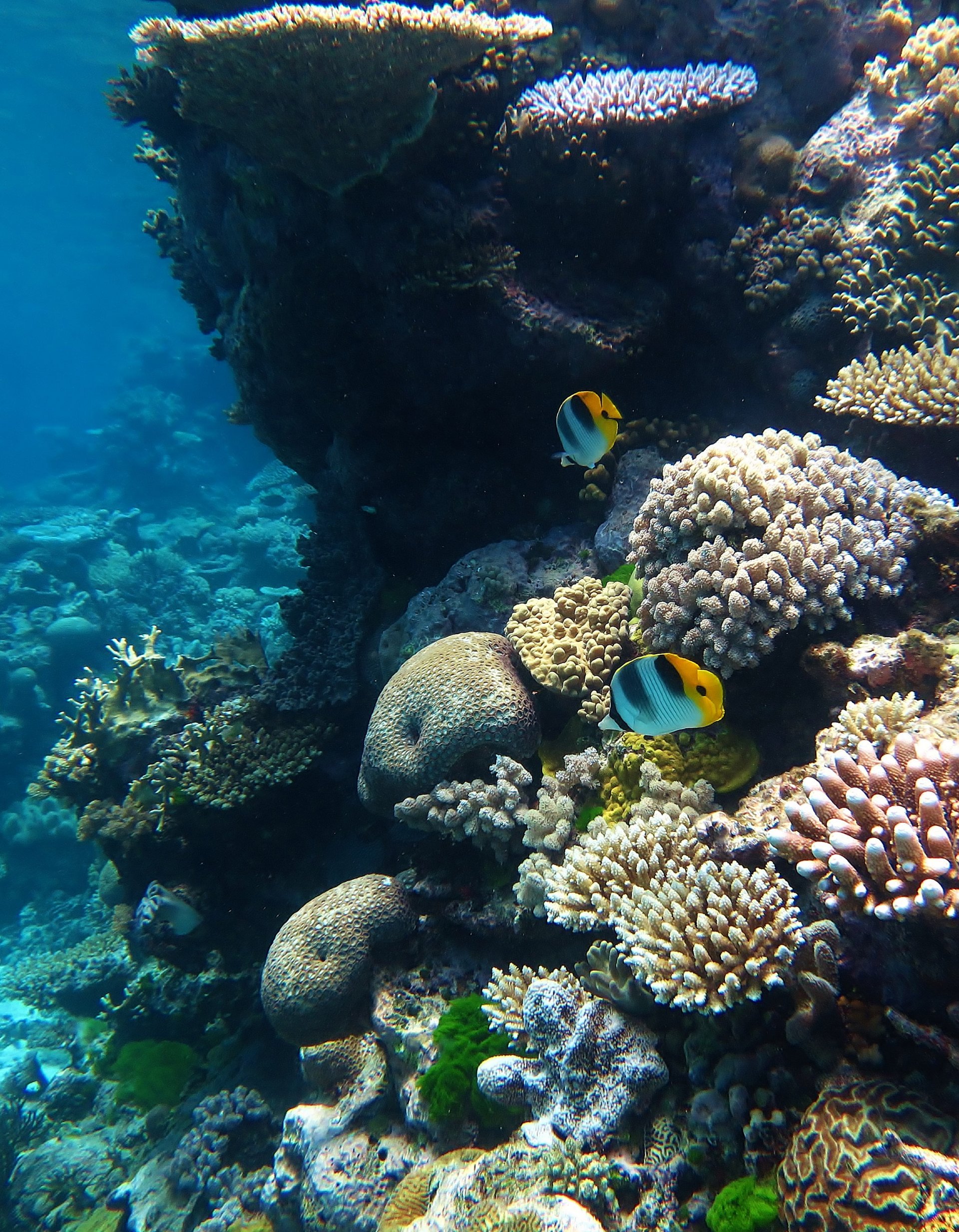
Launching the “Reefs of Hope” Paradigm
A new coral-focused paradigm is helping coral reefs adapt to rising temperature, to ensure that as many coral species as possible survive locally over time. With pilot sites established in six Pacific Island nations, genebank nurseries of bleaching resistant corals are secured in cooler waters, to help prevent their demise as heat stress increases.
This “Reefs of Hope” paradigm, modelled on tropical forest restoration, creates dense coral patches, using larger transplants or multiple small fragments elevated on structures, forming fish habitat immediately.
The sensitivity of the corals
Natural change is a part of every eco-system. At the current time, however, virtually all natural communities are showing evidence of incredible changes to a greater or lesser extent. It is not so much this fact itself which is important but the speed and scope of the change and the degree to which human activities are the cause. The destruction of the coral reefs from dynamite fishing techniques, from building work and anchor chains or the destruction of particularly rare and delicate lifeforms to form the raw material for jewellery are plainly the consequences of irresponsibility and economic deprivation. Corals, however, have in addition been under particular threat over the past few years from the warming-up of the atmosphere and the tropical seas.
The sensitivity of the corals was first recognised in the 1960s as crown-of-thorns starfish (Acanthaster planci) grazed on the coral in the Australian Great Barrier Reef in huge numbers, leaving behind only dead calcium carbonate skeletons. A new threat to the coral reefs was observed worldwide for the first time in 1987: "coral bleaching" occurred simultaneously on the Great Barrier Reef, around Hawaii, the Fiji Islands, the Maldives, the Bahamas, Jamaica, Puerto Rico and at other locations.
The worldwide death of coral
Corals consist of many individual animals, the polyps, who live symbiotically with single-cell algae, known as zooxanthellae. With the aid of sunlight, these algae produce sugar, carbohydrate and protein building blocks which they supply primarily to their host. In return they receive fertiliser in the form of ammonium and phosphate via excretions from the corals.
Corals are exceptionally sensitive to fluctuations in temperature. The ideal water temperature is between 25° C and 30° C. If the water warms to over 30°C, the microscopically small zooxanthellae which provide the corals with food die first, followed by the corals themselves. Only the bleached, white calcium carbonate skeleton remains, from which the “coral bleaching” phenomenon gained its name.
In 1998 the worldwide death of coral reached a peak in the wake of the "El Niňo" climatic change, followed by a certain degree of local recovery. However, it is feared that the damage will become more wide-spread in 2002, as the trend is towards a continued rise in the temperature of the surface water. Coral bleaching is likely to occur with increasing frequency and severity over the next few years.
It looks very much as though the corals are unable to keep pace with the rapidity of the changes in sea temperature and the processes this creates, because they do not possess sufficient levels of genetic adaptability. Adaptation to changing environmental conditions generally takes time, a lot of time.
